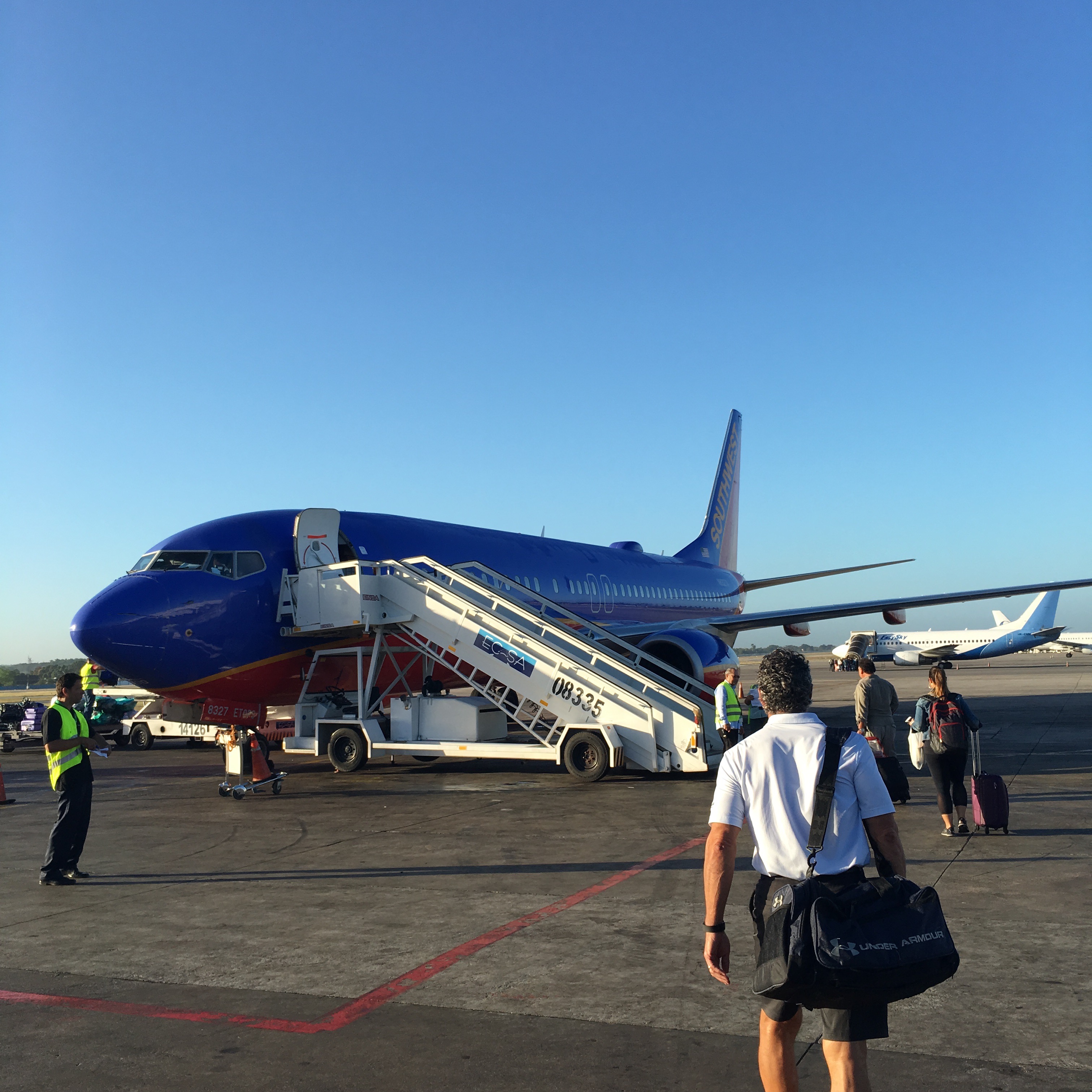Over the past two years (since 2012), consumers have enjoyed the ease of knowing that the first price quoted for airfare made by an airline or ticket agent was the total price to be paid by the consumer, including all mandatory taxes, fees and airline surcharges. Now the debate is back on the table: How should the transparency of an airfare’s total cost be communicated (i.e. advertised) to the consumer?

If they violate this rule, it likely means trouble and fines. For instance, back in December 2013 the U.S. Department of Transportation (DOT) fined American Airlines $60,000 for violating the Department’s full-fare advertising rule after the airline’s agents told consumers that surcharges levied by the airlines were government-imposed taxes. DOT ordered the carrier to cease and desist from further violations. (See: DOT Fines AA $60,000 Over Phone and Web Pricing)
Now, things might be about to change AGAIN…
The BILL
A pending Bill (H.R.4156—113th Congress) introduced on March 6, 2014 is named the Transparent Airfares Act of 2014.
It is summarized as:
Declares that it shall not be an unfair or deceptive practice for an air carrier or other covered entity to state the base airfare in an advertisement or solicitation for passenger air transportation if it clearly and separately discloses: (1) the government-imposed taxes and fees for the air transportation, and (2) its total cost.
Defines “base airfare” to mean the cost of passenger air transportation, excluding government-imposed taxes and fees.
Defines “covered entity” as an air carrier, including an indirect air carrier, foreign carrier, ticket agent, or other person offering to sell tickets for passenger air transportation or a tour or tour component that must be purchased with air transportation.
In detail, airlines would again be able to advertise an airfare’s price (i.e. base airfare) WITHOUT including:
- government-imposed taxes and fees associated with the flight(s); or
- the total cost of the flight(s).
Nevertheless, the advertisement or solicitation still must disclose those two components to the consumer “in a manner that clearly presents the information to the consumer.” This includes allow disclosure of both components via a link or pop-up “that displays the information in a manner that is easily accessible and viewable by the consumer.”
The Transparent Airfares Act of 2014 currently has 33 bipartisan sponsors as of this blog posting (17 D + 16 R).
Confusion – More or Less?
Consumers may enjoy knowing that the price offered is the entire price, espeically making it easier to compare fares. However, airlines say that not only is such a pricing scheme unfair to their industry, it is confusing to the customers, i.e. why should other travel related services and products, such as hotels and car rental companies, be allowed to advertise a pre-tax and fees price while airfares may not?
“The government is playing a game of hide and seek by burying government taxes in the cost of a ticket – it’s adding insult to injury for airline customers already paying more than their fair share to Uncle Sam,” said Airlines for America President and CEO Nicholas E. Calio. “Today’s travelers want to know what they are paying for, and we urge the Administration and Congress to follow the lead of the airlines and give consumers the information they need and the transparency they deserve.”
Read the Airlines for America’s SUPPORT here.
Read the U.S. Travel Association’s SEMI-OPPOSITION here.
Read the Assoc. of Airline Passenger Rights OPPOSITION here.
OVERTIME: Long list of links to position statements (per the Business Travel Coalition) on BOTH sides here.
What are your thoughts?
____
Follow Me!
Twitter: @travelblawg
Facebook: facebook.com/travelblawg












1 comment